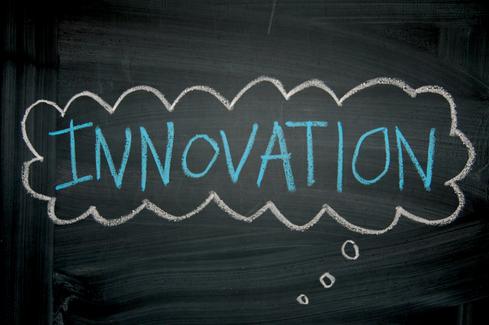Think "creative conflict" rather than touchy-feely collaboration to get the best ideas out of your organization.

By some measures, we are less innovative today than we were 50 or 100 years ago, according to a recent article in The Economist. As one wit suggested, "We asked for flying cars, instead we got 140 characters."
What has gone wrong? One answer lies hidden in our approach to gathering innovative ideas and our need for consensus.
Much has been written about the process of generating ideas. Businesses have moved from the classic suggestion box to the fully-funded innovation council and other formal processes to capture and implement ideas. But the problem isn't as much a process failure as it is a mindset one.
[Get more innovation tips. Read Innovation Stalled? Bad Culture Defeats Good Strategy.]
One mistake is to think it's necessary to create a safe environment in which people can feel relaxed about forwarding their ideas. Consider "brainstorming," an activity that nearly every businessperson must go through. The standard pre-briefing goes something like: "All ideas are good ideas. Please refrain from criticizing the ideas of others."
This approach suffers from the law of unintended consequences. Collaboration is great, but applying too much of it to the marketplace of ideas creates groupthink or "strategic drift," whereby leaders ignore unpleasant market changes. Two classic examples are the failure of MySpace to adapt to market changes caused by Facebook's innovations, and the failure of mainframe and minicomputer makers to respond to the PC revolution. The problem is so endemic that Harvard's Clayton Christensen has written several books on the topic, including The Innovator's Dilemma.
How can companies avoid falling into the groupthink trap? It starts with fostering "creative conflict," whereby organizations bring cognitive confrontation to the forefront when discussing ideas and innovation opportunities. We've identified five ways to foster an environment -- and mindset -- to turn ordinary ideas into extraordinary innovations through creative conflict.
1. Appoint a formal devil's advocate. In 1587, Pope Sixtus V appointed someone to be the voice of dissent in the process of canonizing saints. This person was called the Defender of the Faith, or more commonly, the Devil's Advocate. At Xerox's renowned PARC laboratories, employees had to defend their ideas in formal sessions with selected engineers and scientists. The goal wasn't to see who could present the best arguments, but rather to stimulate debate, ultimately to make the idea better. Equally important was for attendees to get exposed to new ideas that would percolate throughout the organization and spawn even more innovative ideas.
2. Encourage the elephant in the room. Many people find it uncomfortable to speak up about an "unspoken truth" that might be unpopular or off the reservation. Create an environment and organizational culture that encourages people to challenge the conventional wisdom on sensitive topics. One company used Angry Birds, making it fun and appropriate to "give someone the bird."
3. Acknowledge Joy's Law. Bill Joy, founder of Sun Microsystems, is famous for asserting that "no matter who you are, most of the smartest people work for someone else." Procter & Gamble CEO A.G. Lafley understood that principle, insisting that half of P&G's innovations come from outside the company's walls. By 2011, P&G had tripled its innovation success rate.
4. Insist on the power of "and." Another P&G exec, CIO Filippo Passerini, who was InformationWeek's 2010 Chief of the Year, insists that his team not settle for "or" options. The pressure is for higher profit and higher market share, better quality and lower costs. This approach instills creative tensions that force innovation, not compromise.
5. Adopt a "what's in it for we" mindset. How can the Department of Energy clean up and close one of the world's most contaminated nuclear facilities at $30 billion under budget and 65 years ahead of schedule? How can Dell find the "innovation pinata" for its reverse logistics operations? They adopted the "what's in it for we" mindset and the Vested shared-value business model. This model dictates that all the parties -- including suppliers -- have a defined financial interest in achieving measurable outcomes, not just delivering on certain inputs and transactions.
Innovation starts with a proper mindset. Process comes second. Accepting and encouraging creative tension and conflict in the room will generate more and better ideas than conventional approaches. Direct the challenge and debate at the ideas themselves, not the person or group presenting them. Creative conflict is aggressive, but it's not an excuse for being nasty or insulting.
What's stopping you from starting the debate?
Andrew Downard also contributed to this article. Downard, based in Australia, operates a supply-chain consulting business, AD Supply Chain Group Pty Ltd.
About the Author(s)
You May Also Like







